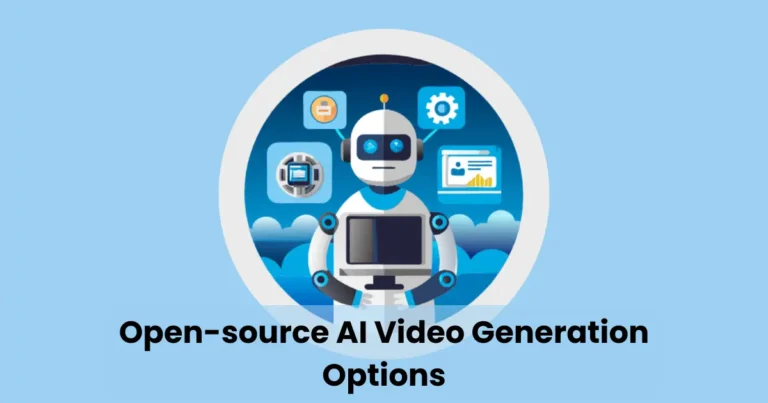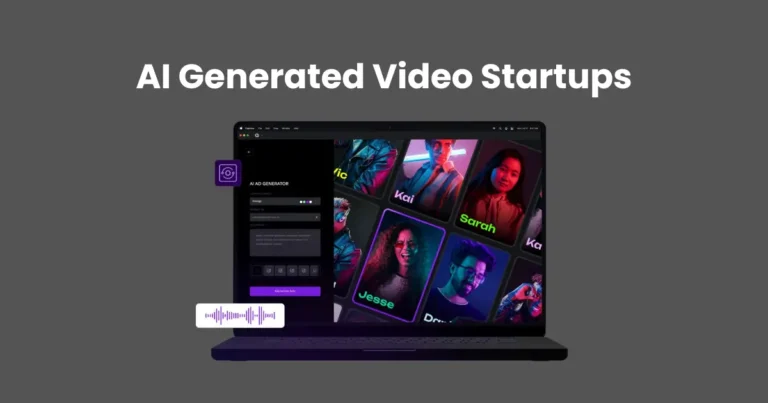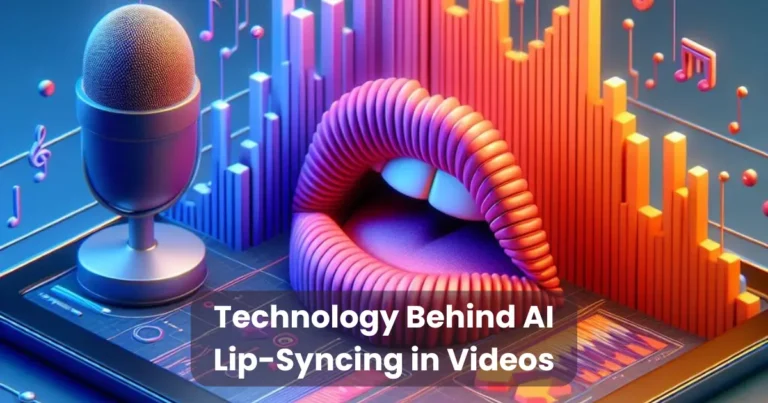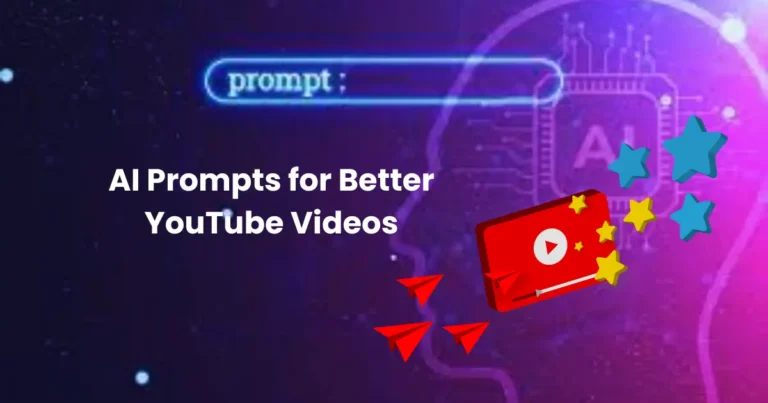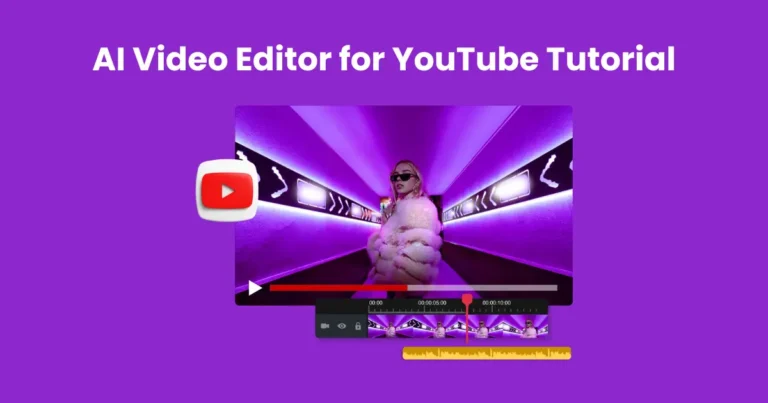The Potential of AI Video in Education Explained
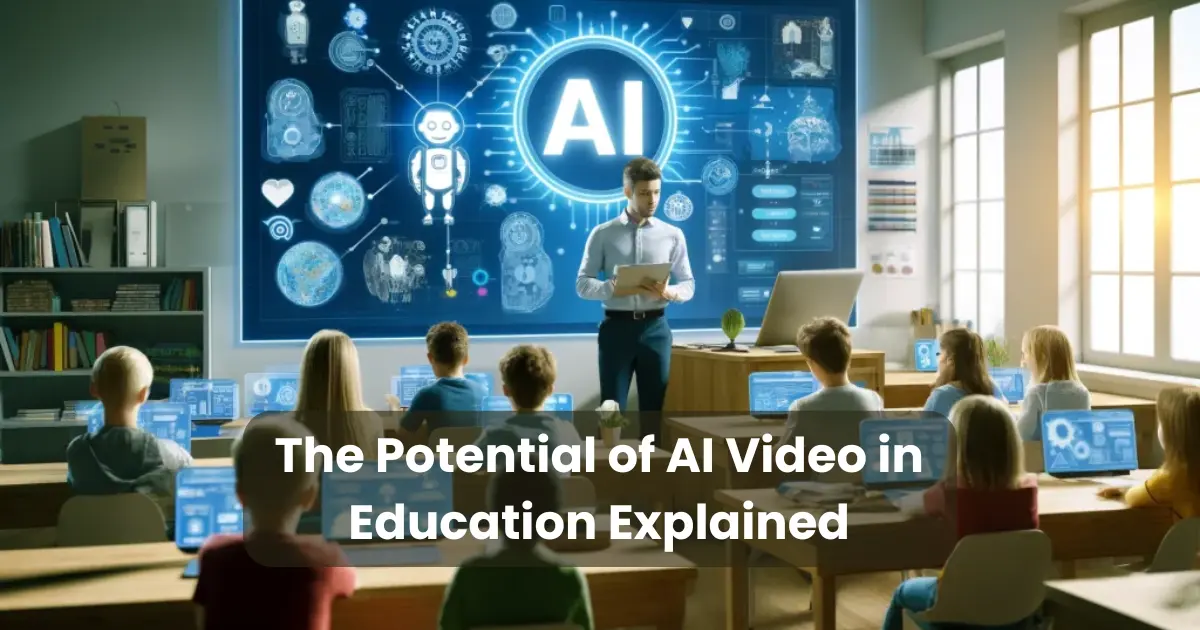
Contents
The digital transformation has significantly impacted the education sector, and today, the potential of AI video in education explained a new era of innovation and accessibility. Across schools, colleges, and online platforms, artificial intelligence is being used to create smarter, more personalized learning experiences. Students can now engage with interactive videos that adapt to their learning styles, pace, and preferences.
Moreover, AI-driven video tools allow educators to deliver content more efficiently while addressing the diverse needs of their learners. Through automated editing, real-time feedback, and intelligent video summarization, classrooms are being reshaped like never before. Consequently, educational institutions are finding new ways to improve student engagement, retention, and outcomes by integrating AI video solutions. As technology advances further, the role of AI in education is only expected to grow, making it crucial to understand its vast potential today.
What is AI Video Technology?
In the simplest terms, AI video technology refers to the use of artificial intelligence to create, enhance, and deliver video content automatically. Through machine learning algorithms, natural language processing, and computer vision, videos can be generated, edited, and customized without extensive human effort. As a result, educational content can be produced faster and made more personalized for different types of learners.
Furthermore, AI video platforms often incorporate features such as automatic subtitling, language translation, emotion recognition, and adaptive video playback. These innovations enable students to access tailored content that suits their individual learning needs. Instead of a one-size-fits-all approach, AI allows for a more dynamic and engaging educational experience.
Notably, AI-generated videos are also capable of analyzing viewer behavior, such as pause rates or replays, to optimize content delivery even further. Therefore, educators are empowered to refine their materials and improve learning outcomes based on real-time insights. With AI technology continuing to advance, the possibilities for revolutionizing video-based education appear limitless.
Current Applications of AI Video in Education
Today, the use of AI video technology in education has expanded dramatically across various learning environments. From elementary classrooms to professional training programs, AI video tools are being integrated to enhance both teaching and learning processes. As a result, students and educators alike are experiencing a transformation in how knowledge is shared and absorbed.

To begin with, AI-powered virtual tutors and teaching assistants are becoming common. These systems can deliver personalized video lessons, answer student queries, and even provide instant feedback based on a learner’s performance. In addition, AI video platforms can automatically generate lecture summaries, making it easier for students to review complex topics quickly.
Furthermore, AI is being used to create customized learning paths through video modules. By analyzing individual performance data, the technology can recommend specific video lessons, helping students focus on their weak areas. Moreover, real-time translations and subtitles enable educational institutions to offer inclusive learning environments for non-native speakers and students with disabilities.
Another significant application includes the automation of administrative tasks. Video recordings of lectures are being indexed, transcribed, and organized by AI systems, saving educators countless hours. Consequently, teachers can dedicate more time to interactive teaching methods and student engagement, rather than manual content management.
Clearly, the potential of AI video in education explained not just a trend but a long-term shift that is redefining how educational content is created, delivered, and optimized for diverse learners.
How AI Video Enhances Learning Outcomes
The integration of AI video technology into education has significantly improved the way students learn and retain information. Through the use of personalized content and intelligent feedback, educational outcomes are being enhanced in ways traditional methods often cannot achieve.

First and foremost, AI video platforms tailor learning experiences to each student’s individual needs. By analyzing performance data and engagement levels, content can be adjusted to match a learner’s pace and preferred style. Consequently, students feel more connected to the material, which leads to higher motivation and better retention rates.
Moreover, interactive video features such as quizzes, polls, and simulations allow learners to engage actively rather than passively absorbing information. As a result, comprehension deepens, and students are encouraged to think critically about the subject matter. In addition, real-time feedback delivered through AI tools helps students immediately correct mistakes, reinforcing concepts more effectively.
Another crucial factor is accessibility. AI videos often include adaptive features like closed captioning, translation into multiple languages, and adjustable playback speeds. Therefore, diverse learners, including those with disabilities or language barriers, can access educational content without limitations. This inclusivity fosters a more equitable learning environment, boosting overall outcomes for all students.
Finally, AI video analytics provide teachers with valuable insights into student progress. By identifying patterns and predicting potential challenges, educators can intervene early and offer targeted support. Consequently, a proactive learning environment is cultivated, where students are empowered to achieve their best results.
Clearly, the potential of AI video in education explained how personalized, interactive, and accessible learning can drive improved academic achievements for students worldwide.
Benefits of AI Video in Educational Settings
The adoption of AI video technology in educational settings has introduced a wide range of benefits that traditional teaching methods often struggle to deliver. By leveraging smart algorithms and real-time data analysis, educators and students alike are experiencing a more efficient and engaging learning environment.

To begin with, personalization stands out as one of the most significant advantages. AI videos can adapt lessons based on each student’s learning style, speed, and preferences. Therefore, learners receive content that resonates with them individually, enhancing both understanding and retention. In contrast to static, one-size-fits-all materials, AI-driven videos ensure that every student can thrive.
Moreover, accessibility is greatly improved. Features such as auto-generated subtitles, real-time translations, and speech-to-text capabilities allow students with diverse needs to participate fully in the learning process. Consequently, barriers related to language differences, hearing impairments, or cognitive challenges are minimized, creating a more inclusive educational space.
Another noteworthy benefit is the time-saving aspect for educators. AI automates tasks like video editing, content curation, and feedback generation, freeing teachers to concentrate more on student engagement and less on administrative duties. Additionally, insightful analytics provided by AI video platforms enable teachers to track progress accurately and tailor their instructional approaches accordingly.
Cost-effectiveness must also be acknowledged. Although initial investments may be high, AI video solutions eventually reduce operational costs by automating repetitive tasks and extending the reach of educational content without requiring proportional increases in staff or resources.
Clearly, the potential of AI video in education explained why this technology is quickly becoming indispensable. The combination of personalization, accessibility, efficiency, and cost-effectiveness makes AI video a powerful tool for shaping the future of education.
Challenges and Considerations
Although the benefits are compelling, several challenges and important considerations must be addressed when implementing AI video technology in education. While the potential of AI video in education explained a future full of opportunities, it is crucial to acknowledge and prepare for the complexities involved.
First and foremost, data privacy concerns are significant. AI video platforms often collect large amounts of student data to personalize content effectively. Therefore, institutions must ensure that strict data protection policies are in place to safeguard sensitive information from misuse or breaches.
Moreover, the high cost of initial implementation can be a barrier, particularly for smaller schools and underfunded educational programs. Although AI video solutions can offer long-term savings, the upfront investment in technology, training, and infrastructure may discourage widespread adoption.
In addition, there is a risk of over-reliance on technology. Educators must strike a balance between leveraging AI tools and maintaining the human interaction essential for a holistic learning experience. After all, no algorithm can fully replace the empathy, encouragement, and mentorship that teachers provide.
Another challenge lies in ensuring content quality. While AI can generate videos quickly, human oversight remains necessary to verify accuracy, relevance, and appropriateness. Without proper checks, there is a risk that low-quality or even misleading content might be disseminated to students.
Finally, the digital divide cannot be overlooked. Many students around the world still lack reliable access to high-speed internet and modern devices. Consequently, the benefits of AI video could remain inaccessible to underserved populations, widening existing educational gaps.
Despite these challenges, it is evident that careful planning, ethical guidelines, and equitable access initiatives can maximize the positive impact of AI video technology in education.
Future Prospects: What Lies Ahead
Looking ahead, the role of AI video technology in education appears more promising than ever. As advancements continue to accelerate, the ways in which students learn and teachers instruct are expected to evolve dramatically. Clearly, the potential of AI video in education explained a future where personalized, accessible, and intelligent learning becomes the norm rather than the exception.

To begin with, AI video is anticipated to become even more adaptive. Future systems will likely predict a student’s learning needs with greater accuracy, delivering content that adjusts in real-time based on emotions, engagement levels, and performance metrics. Consequently, education will feel even more customized, enhancing both motivation and mastery.
Moreover, the integration of virtual and augmented reality into AI video platforms is expected to create immersive learning environments. Through these technologies, students may experience historical events, scientific phenomena, or complex mathematical concepts firsthand, making learning more tangible and memorable.
In addition, collaborations between educational institutions and technology companies will likely expand. Such partnerships could lead to the development of global AI-driven learning networks, offering students worldwide access to high-quality education regardless of their geographic location or socio-economic status.
However, as exciting as these prospects are, ethical considerations must remain a priority. Ensuring transparency in AI decision-making, maintaining data privacy, and promoting inclusivity will be crucial to harness the full benefits of AI video while minimizing potential risks.
Ultimately, the future of education will be shaped by how effectively we integrate technology with traditional pedagogical values. With thoughtful innovation and responsible implementation, AI video stands ready to revolutionize learning for generations to come.
Conclusion
In summary, the potential of AI video in education explained a transformative shift in how knowledge can be delivered, personalized, and experienced. As educational environments continue to evolve, AI video technology offers an innovative pathway to engage students more effectively, accommodate diverse learning styles, and streamline teaching processes.
Although challenges such as data privacy, access inequality, and content quality require careful attention, the benefits clearly outweigh the hurdles when responsible practices are followed. Moreover, the future promises even greater advancements, including real-time adaptability and immersive learning experiences through augmented reality. By embracing AI video thoughtfully, educators and institutions have the opportunity to create richer, more inclusive, and more effective learning ecosystems. Therefore, it is not just a technological trend but a crucial tool for building the education systems of tomorrow.


